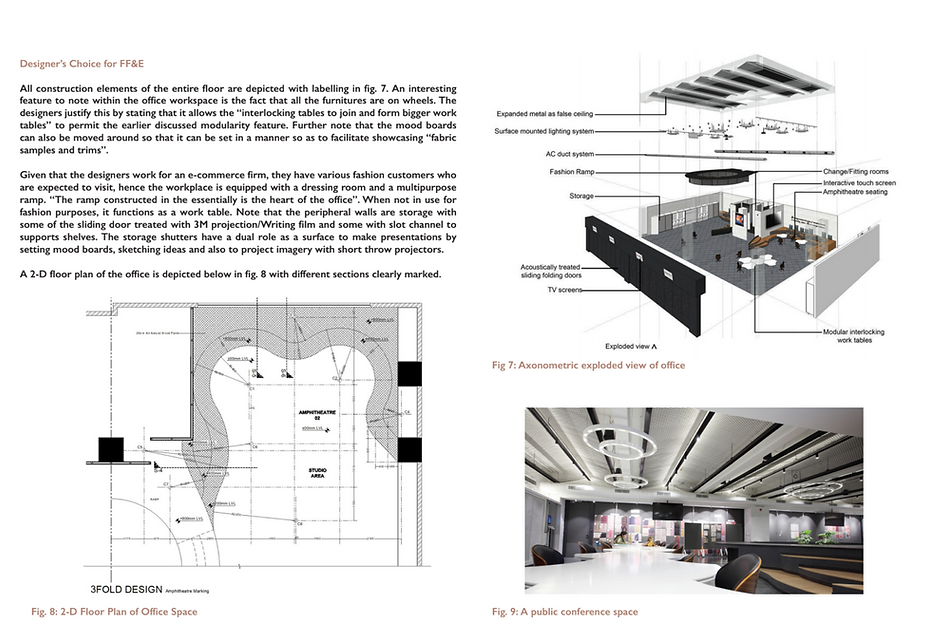Conceptual Framework
Sedentary behavior among desk job workers in the information technology (IT) in the city of Bangalore, the IT capital of India, has led to harmful health impacts due to poor office ergonomics and high work pressure. The thesis project is an office space “Santalum” designed with improved ergonomics and a stress-relieving interior environment to reduce negative health consequences due to sedentary behavior among these desk job workers.
The relationship between the environment in an office space and the employees that work in that space is crucial to directing and guiding their behavior. This is especially true for IT desk job workers as they spent a majority of their day inside the space constantly interacting with the environment of the office space. The theory that resonates with the intent of the thesis project is the integration theory1. This theory is one that maintains that what influences people most is a combination of the design features in the environment2. The interior design intent of the office space should have the ability to influence the desk job workers occupying that space. The theory further explores different elements that can influence environmental psychology. These include the general characteristics of the environment, aspects of the space that trigger specific behaviors, situations that may cause either a satisfactory outcome or unsatisfactory outcome, and also features that guide through direction and instruction3.
To properly implement the integration theory within the office space, the right design considerations that touch on the major elements of the integration theory need to be factored into the proposed space4. An illustration of a flow diagram that encapsulates the integration theory in the space is shown in Fig. 1. Various design considerations spanning indoor air quality, acoustics, occupancy loads, design choices of furniture, fixtures, and equipment (FF&E), and building systems and ergonomics can contribute to a stress-relieving interior environment that inspires the integration theory. Indoor air quality, ergonomics, and acoustics factor in the instigator and goal objects element of the theory. The global environment and directors for space can be governed by the choice of the building system and FF&E. Environmental supports and restrictions can be tailored by building codes.







